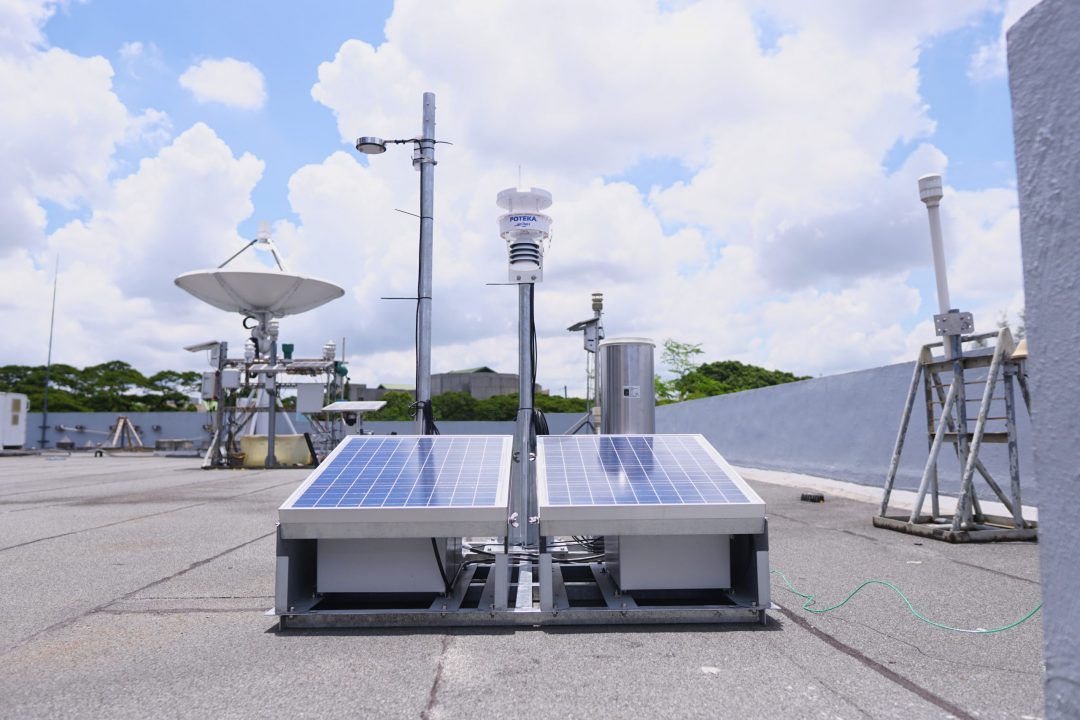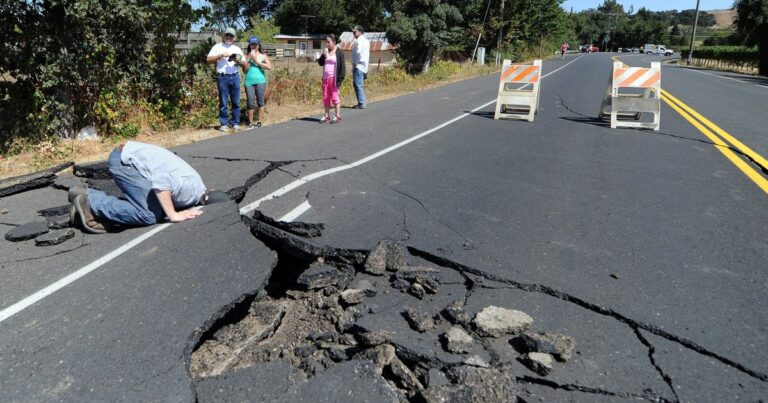The Role of AI in the Meteorological Sector
In recent years, the integration of Artificial Intelligence (AI) has profoundly impacted various industries, and the meteorological sector is no exception. AI technologies are revolutionizing weather prediction, enhancing accuracy, timeliness, and reliability in forecasting. This article explores the role of AI in weather prediction and how it is shaping the future of meteorology.
Understanding Traditional Weather Prediction
Traditional weather prediction relies on meteorologists interpreting vast amounts of data collected from various sources, including satellites, weather stations, radar systems, and buoys. These experts use mathematical models to analyze the data and make predictions about future weather conditions. While traditional methods have been effective, they have limitations in handling the immense volume and complexity of data generated by the Earth’s dynamic atmosphere.
The AI Advantage
Artificial Intelligence, particularly Machine Learning (ML), offers a powerful tool to process and analyze massive datasets, identify patterns, and generate accurate predictions. Here’s how AI is transforming weather prediction:
1. Enhanced Data Processing:
AI algorithms can efficiently process enormous amounts of real-time and historical weather data. This capability allows for better understanding of complex atmospheric patterns and more precise forecasts.
2. Pattern Recognition:
Machine Learning models excel at identifying intricate patterns and correlations within meteorological data. This enables AI to recognize hidden trends that human forecasters may overlook, leading to more accurate predictions.
3. Improved Forecasting Accuracy:
AI-powered weather prediction models continuously learn and improve from new data, resulting in progressively accurate forecasts. These models can forecast weather conditions, temperature, precipitation, and severe events with higher precision and longer lead times.
4. Severe Weather Detection and Early Warnings:
AI algorithms can detect and predict severe weather events like storms, hurricanes, and tornadoes more swiftly and accurately. This capability is crucial for issuing timely warnings, potentially saving lives and minimizing damage.
5. Tailored Local Forecasts:
AI can generate localized forecasts by analyzing hyper-local data, ensuring that predictions are relevant and precise for specific regions or even neighborhoods.
Examples of AI in Weather Prediction
- IBM’s Watson Decision Platform for Agriculture: Utilizes AI and weather data to provide hyper-localized forecasts, helping farmers make informed decisions about crop management.
- The Weather Company (owned by IBM): Utilizes AI to analyze various atmospheric parameters and historical weather data to generate minute-by-minute forecasts.
- DeepMind for Climate Science: An AI system developed by DeepMind that aims to accurately model the Earth’s climate and improve climate change predictions.
- NOAA’s AI-powered Hurricane Track Prediction: The National Oceanic and Atmospheric Administration (NOAA) utilizes AI to improve hurricane track predictions and enhance the accuracy of storm paths.
Conclusion
AI has already demonstrated its potential to revolutionize weather prediction, making it more accurate, timely, and relevant for a variety of applications. As AI technologies continue to advance, we can expect even more significant contributions to the meteorological sector, ultimately resulting in better preparedness and resilience in the face of changing weather patterns and extreme events.







